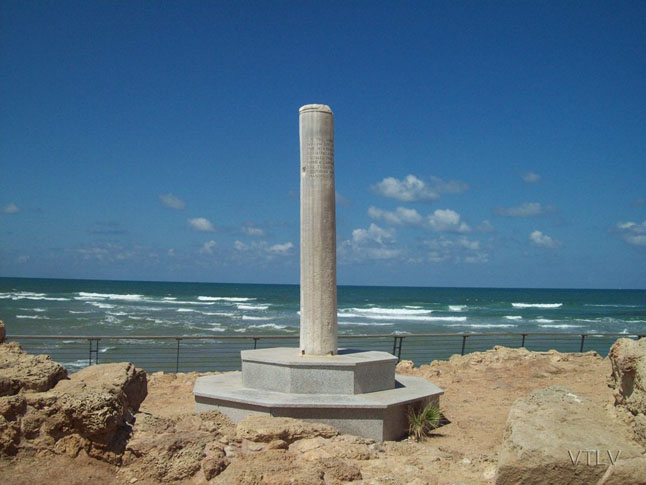British Deception on the Yarkon River

בסוף שנת 1917, במהלך המערכה הבריטית לכיבוש ארץ ישראל מידי העות'מאנים במלחמת העולם הראשונה, צלח חיל המשלוח המצרי של הצבא הבריטי את נהר הירקון.
At the beginning of the 20th century, the Yarkon was a much more significant river than it is today, second only to the Jordan River. The amounts of water that flowed through it were large, and in some places it was more than 35 meters wide and more than 3 meters deep. In the winter of 1917 the river was at its peak, and it was considered a serious and significant obstacle to crossing.
General Allenby, commander of the British expeditionary force, wanted to occupy the Turkish forces that were deployed on the coastal plain to prevent them from strengthening the Jerusalem area, his main objective. To this end, he directed his forces to cross the Yarkon River and continue advancing towards the north.
בפועל, צלחו הבריטים את הירקון פעמיים. הצליחה הראשונה התבצעה ב- 24 בנובמבר על ידי בריגדת הרובאים הרכובים הניו זילנדית של דיוויזיית הרגלים הרכובים אנזא"ק. החיילים הבריטים הצליחו אמנם לצלוח את הנהר בסמוך לנקודת השפך שלו, אולם למחרת היום נהדפו בחזרה אל גדתו הדרומית על ידי הכוחות הטורקים. לאחר הצליחה הראשונה פוצצו התורכים שני גשרים שעברו מעל לירקון, כדי להקשות עוד יותר על הצבא הבריטי.
הצליחה השנייה של הנהר התבצעה בלילה שבין 20 ל- 21 בדצמבר. בתחילה תכננו הבריטים לצלוח שוב במהלך היום לאחר הרעשה ארטילרית כבדה, אולם המודיעין הבריטי גילה כי הכוחות העות'מאנים מתרשלים בסיוריהם לאורך הנהר מכיוון שלא האמינו שניתן לחצות אותו בחורף כשהוא מלא במים גועשים. הגנרל ג'ון היל, מפקד הדיוויזיה ה-52 עליה הוטלה משימת הצליחה, הציע תוכנית חלופית שהתבססה על מעבר לילי של הנהר, כדי להפתיע את הטורקים שלא ציפו לכך. הצעתו של הגנרל התקבלה והבריטים החלו בהכנות לבניית רפסודות וגשרים מעץ. הצליחה בוצעה ב- 3 נקודות שונות לאורך הנהר – במזרח באזור אצטדיון רמת גן, במרכז באזור כיכר היל ובמערב בשפך הירקון. הצליחה הוכתרה בהצלחה והכוחות הבריטים עברו את הנהר, התבססו בגדתו הצפונית ודחקו ממנה את הכוחות הטורקים תוך שהם מסבים להם אבדות כבדות.
לאחר תום המלחמה החליט הגנרל היל להנציח את צליחת הירקון באמצעות הצבת עמודי זיכרון בנקודות שבהן חצו הכוחות הבריטים את הנהר. עמודי השיש נלקחו מאתרים ארכיאולוגים בסביבה ועליהם נחקקה כתובת בעברית שניסח זאב ז'בוטינסקי, שתורגמה גם לאנגלית.
The pillar that marks the point of the Yarkon estuary crossing stands at Tel Qudadi, a hill located on the northern bank of the Yarkon. Archaeological excavations in the 1930s revealed remains of Assyrian citadels from the 8th century BC, as well as findings from the Persian and Byzantine periods.
The following inscription is engraved on the memorial column that still stands today:
"בלילה אור לז' טבת התרע"ח (21 בדצמבר 1917) עברה הבריגדה 157 של הדיוויזיה ה-52 את המעברה הזאת ולכדה את העמדות הטורקיות שממולה".
(Anecdote authored by: עמיר)
(Number of views: 46)
